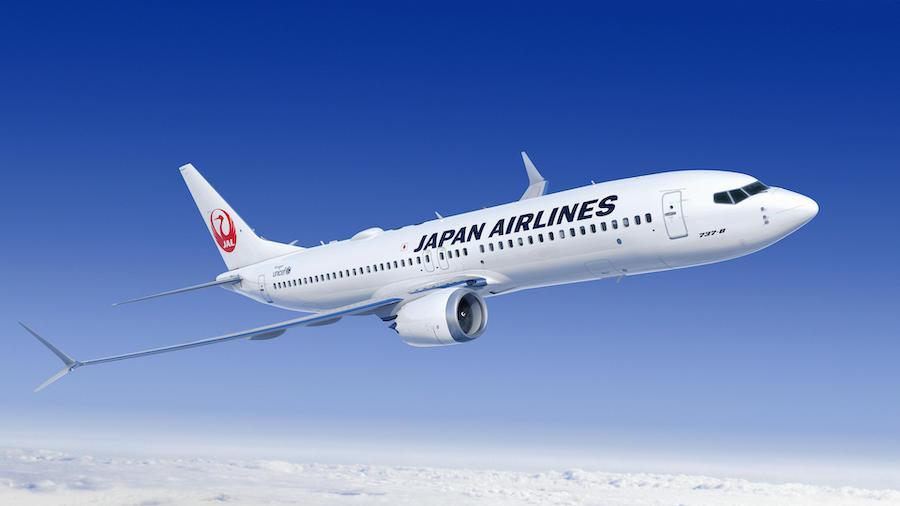
Choosing a predictive maintenance platform partly depends on an airline’s fleet mix, with first attention given to predictive tools for the largest number of aircraft.
All Nippon Airways (ANA) operates a mixed fleet of Airbus jets, almost all narrowbodies, and Boeing aircraft, a combination of narrowbodies and widebodies, including nearly 80 new generation 787s. About three-quarters of the entire fleet are Boeing types.
Perhaps unsurprisingly, given the smaller and older Airbus fleet, ANA has not been using Airbus’s Skywise program for predictive maintenance. However, it has been using Boeing predictive tools on the larger and more modern Boeing fleet.
ANA uses three Boeing predictive tools: Airplane Health Monitoring, Self-Service Analytics and Insight Accelerator. A team of eight ANA engineers use these tools to analyze the data themselves, independently of Boeing. The airline does not use Boeing’s customized Fleet Health Monitoring service.
Airplane Health Monitoring is used only on ANA’s new 787s. This tool provides real-time event monitoring and the ability to browse fault history on ANA’s fleet, a manager explains.
Self-Service Analytics is used on the airline’s entire Boeing fleet, including 737s, 747s, 767s and 777s. The tool lets ANA contribute to global data on reliability and then to browse these data for its own use.
Insight Accelerator is also applied to all of ANA’s Boeing aircraft. The tool enables ANA engineers to visualize their flight data, aiding their predictive capabilities.
ANA has been using the Boeing predictive tools in the hope of reducing cancelations, delays and maintenance costs. However, results so far are uncertain. “It is difficult to calculate benefits and cost savings at this time,” says the ANA manager.
Like ANA, Japan Airlines (JAL) operates a mostly Boeing fleet. JAL flies 16 A350s, but the rest of its 150 aircraft are Boeing types, with nearly a third of the fleet comprised of 787s.
JAL uses the Airbus Skywise platform to monitor several components, and it is considering joining Skywise’s predictive maintenance program.
For the much larger Boeing fleet, JAL uses both Airplane Health Monitoring and Self-Service Analytics. The Japanese carrier also has been one of the partners helping Boeing develop its Insight Accelerator tool.
On results so far, a JAL manager will only say, “The main purpose for predictive maintenance is reducing schedule interruption—that is, flight cancellations and delays—but we believe it eventually will contribute to cost savings.”





